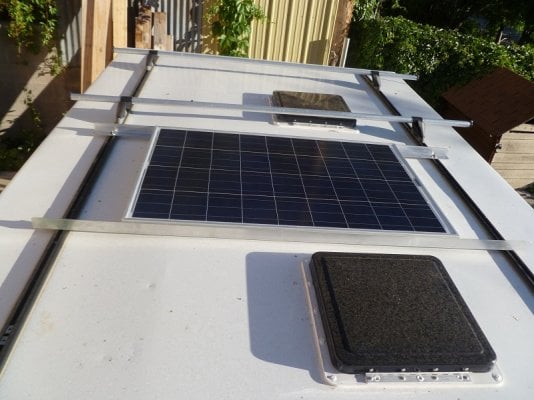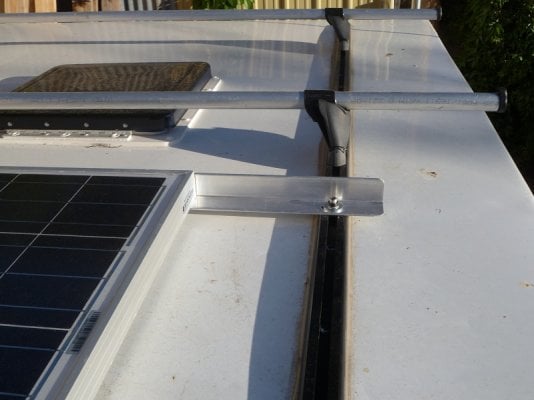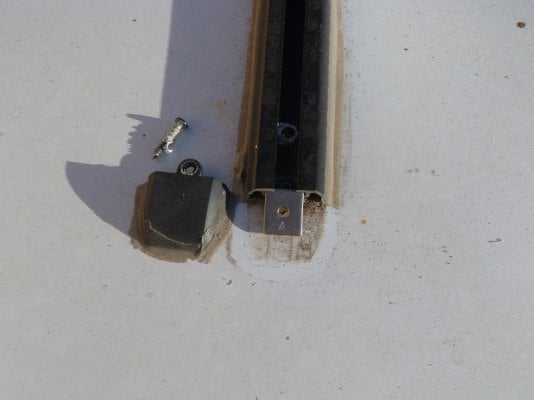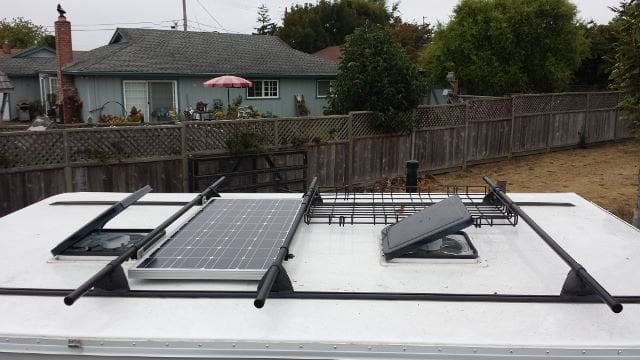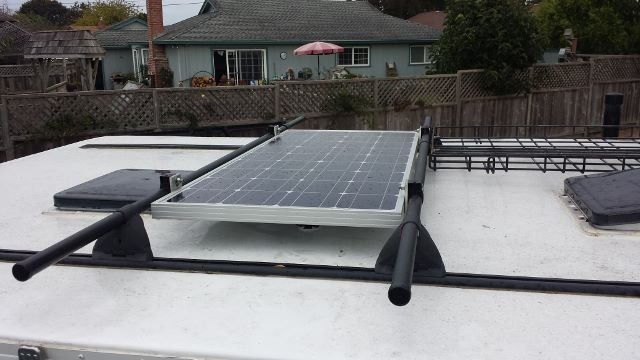williak
Advanced Member
Hey all,
After much time spent on this forum, and talking with Steve at 4WC, I've placed an order for a fleet. It's going on my trusty 96 T100 (210K and counting) with a 2nd gen tacoma the planned successor, should the day come.
I've got many of the camper options, and may post in the options thread after I've spent some time in the camper. Very much looking forward to that, as you may expect. But right now I'm looking at alternatives for mounting solar panels. That's plural because after working up my expected power usage, I'm looking at 220 watts. Lot's of great information and ideas here on that particular topic. What I have'nt seen here though, is if anyone has tried mounting solar panels to yakima rack cross bars. With the cross bar placement adjustable along the factory installed tracks, which I've ordered, it would seem possible to place and rig up some way to secure, just about any size panel to the cross bars, maybe with the plastic clamps yakima uses to attach bike racks to cross bars,etc.
Maybe airflow at 70+ mph under a flat expensive surface is too much of a bad thing, don't know. Maybe I'm up in the night. Wait, I am up in the night. I do know I should just wait until I get the damn camper, and see first hand what I've got to work with. But that's 2 months out, and I already have a year's worth of trips planned. Have to put the spare thought cycles to something.
Any experience and/or comments would be appreciated.
Williak
After much time spent on this forum, and talking with Steve at 4WC, I've placed an order for a fleet. It's going on my trusty 96 T100 (210K and counting) with a 2nd gen tacoma the planned successor, should the day come.
I've got many of the camper options, and may post in the options thread after I've spent some time in the camper. Very much looking forward to that, as you may expect. But right now I'm looking at alternatives for mounting solar panels. That's plural because after working up my expected power usage, I'm looking at 220 watts. Lot's of great information and ideas here on that particular topic. What I have'nt seen here though, is if anyone has tried mounting solar panels to yakima rack cross bars. With the cross bar placement adjustable along the factory installed tracks, which I've ordered, it would seem possible to place and rig up some way to secure, just about any size panel to the cross bars, maybe with the plastic clamps yakima uses to attach bike racks to cross bars,etc.
Maybe airflow at 70+ mph under a flat expensive surface is too much of a bad thing, don't know. Maybe I'm up in the night. Wait, I am up in the night. I do know I should just wait until I get the damn camper, and see first hand what I've got to work with. But that's 2 months out, and I already have a year's worth of trips planned. Have to put the spare thought cycles to something.
Any experience and/or comments would be appreciated.
Williak



